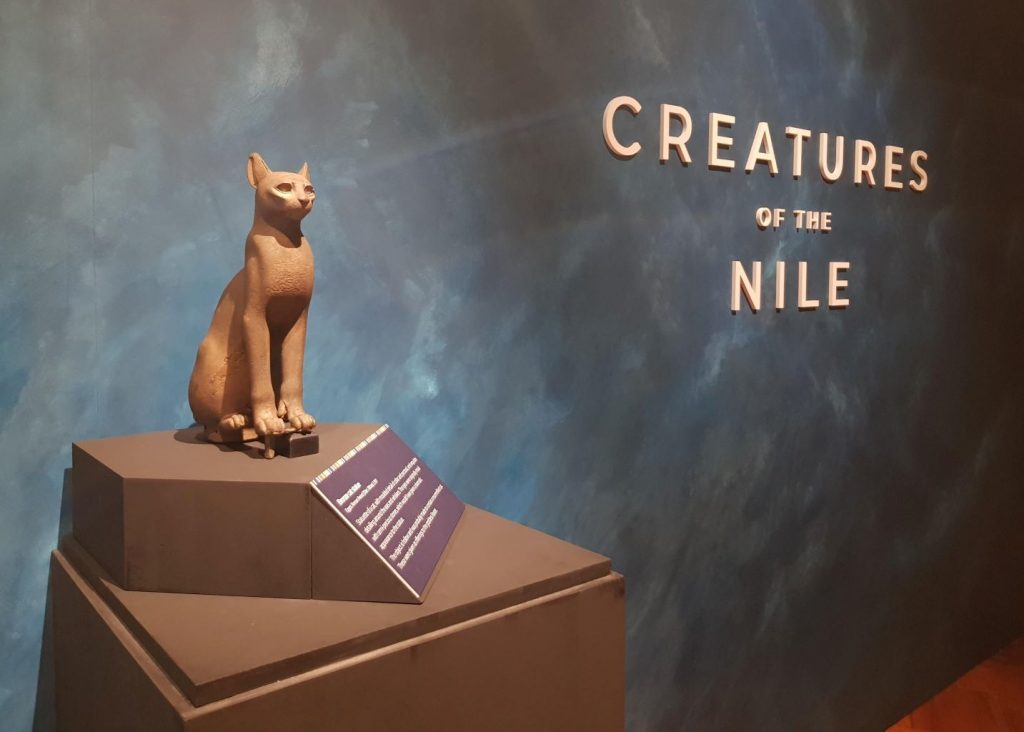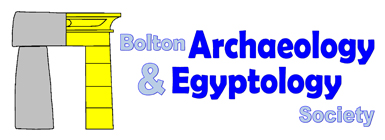Creatures of the Nile
Speaker:
Dr Gina Ciscenzo-Laycock
17th September 2024

Rising in Lake Victoria and Lake Rana respectively, the White and Blue Niles meet in Khartoum, the capital of Sudan, to become the River Nile. Passing through an otherwise arid landscape, through northeast Africa, to the Mediterranean Sea, the Nile has witnessed the rise and fall of many civilizations. However, the Nile does not just provide a home for humans: the lives of animals and the interactions between all the creatures of the Nile and the human inhabitants of the region are central to the art, culture and archaeology of the Nile Valley.
People along the Nile would depict their world in many different ways: in elaborate tomb scenes; as amulets; on pots and in their sacred writings. Their interactions would see the decline of species that had called the Nile Valley their home long before humans settled there, with new species that were useful to humans being introduced. As Nile-centred civilisations appeared, the people who built them would have an irreversible impact on the natural world, even as they immortalized it in their material culture.
Gina based her lecture to the Society around the exhibition that she has curated in Liverpool: Creatures of the Nile. She explored the relationship between the Ancient Egyptians and the animals that surrounded them and influenced them, using many images of artifacts in the Garstang Museum’s collection and from further afield.
Gina Ciscenzo-Laycock studied Egyptian Archaeology at Liverpool University, going on to research provincial administration during the Old and Middle Kingdoms. She worked as Project Assistant for the Association of Curators of Collections for Egypt and Sudan, as a Project Curator at the Ashmolean Museum, before taking up the post of Curator of the Garstang Museum at Liverpool University in 2013.
Gina’s current research interests include the governance of the Upper Egyptian provinces during the Old to Middle Kingdoms and also the funerary practices of the elite during this same period. This includes fieldwork at the Deir el-Bersheh site in Middle Egypt.
Interested in coming along to a lecture?
See the current year’s lecture programme here:
Or find out more about membership of Bolton’s Archaeology and Egyptology Society here:

